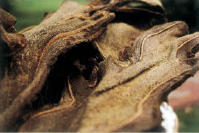Like other serious illnesses, rheumatism is plagued with many symptoms. These include fever, ache and pain in the joints, muscular weakness and pain, and in more severe cases, mucous membrane disease and Raynaud’s disease. If the patient does not seek medical care or if proper treatment is not administered, the condition will worsen, resulting in bodily deformities or even endangering life. So, what exactly is rheumatism?
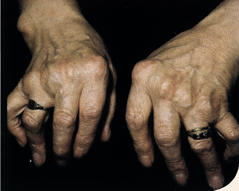
What is Rheumatism?
Rheumatism as explained in modern medical science
Rheumatism is a form of systemic disease that can encroach on various bodily systems. It can result in the pathological changes of joints, consisting of pain, swelling, distension and movement difficulty. During the course of the ailment (usually protracted), a severe attack followed by a brief relief often takes place; the attack-relief cycle is repeated and in severe cases, the patient may suffer orthopaedic disability and dysfunctional internal organs.
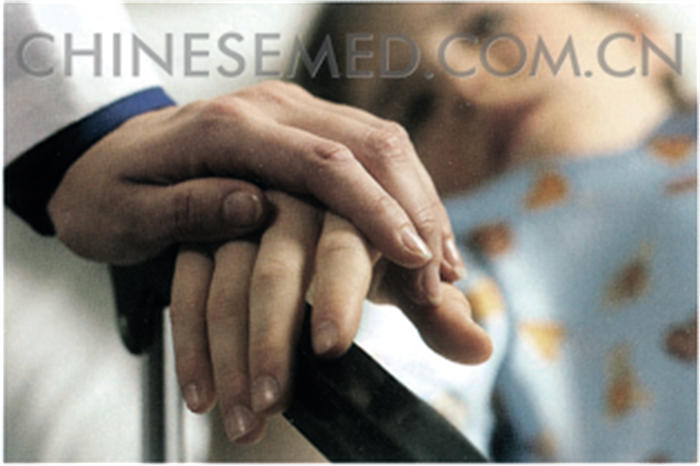
Rheumatism can result in a variety of rheumatoid diseases classified under the following: auto-immune rheumatism (e.g. rheumatoid arthritis), endocrine-metabolic rheumatism (e.g. migratory arthralgia), infective rheumatism (e.g. tuberculous arthritis), degenerative rheumatism (e.g. joint hyperosteogeny), genetic rheumatism (e.g. ochronosis) and other systemic diseases marked mainly by arthritis.
Much of the causes and mechanisms of rheumatism remains unknown; they include the damage of the synovial membrane, cartilage, bones, joints, muscles and ligament.
There also exists a limited view of what rheumatism really is: that it is a common acute or chronic systemic inflammatory disease affecting the connective tissues after an upper respiratory infection caused by group A type of streptococcus hemolyticus, which affects the heart organ and joints most significantly.
To date, modern medical science has not provided a clear explanation for the cause of rheumatism.
Rheumatism as explained in traditional Chinese medicine (TCM)
Contrary to other medicinal practices, traditional Chinese medical science already had a comprehensive grasp of the cause, symptoms and treatment of rheumatism since the early Han dynasty (206 BC to AD 24). Zhang Zhongjing  , a famous physician of Eastern Han dynasty, wrote in his book Synopsis of Prescriptions of the Golden Chamber.
, a famous physician of Eastern Han dynasty, wrote in his book Synopsis of Prescriptions of the Golden Chamber.
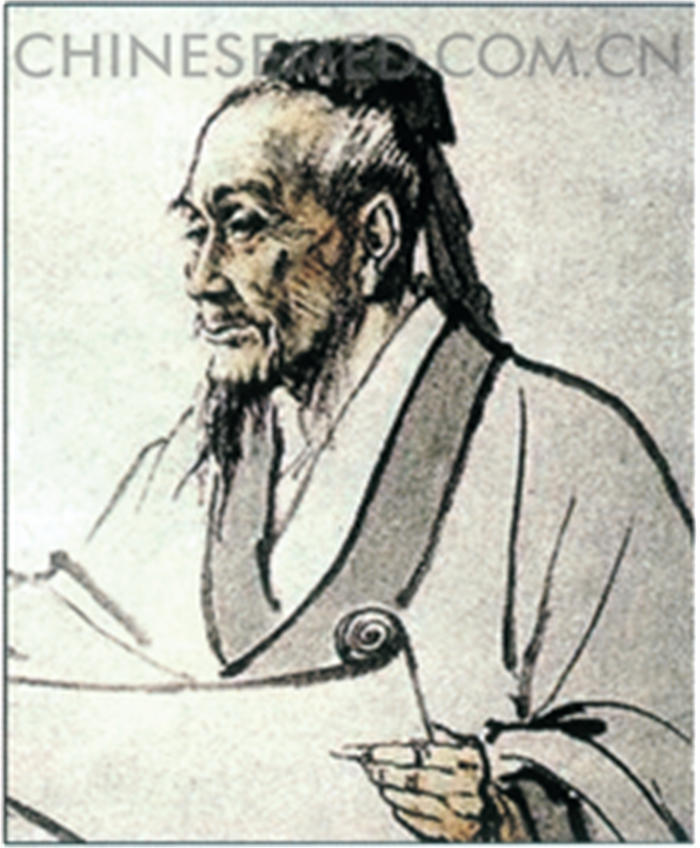
“The patient runs a fever and suffers pain throughout his body; if the pain becomes intense during nightfall, it is the wind-damp disease (rheumatism).
This disease is caused by perspiration in windy condition, and turns chronic with prolonged food consumption of a cold nature. A decoction of ephedra, apricot kernel, coix seed and liquorice may be prescribed.”
“A decoction of astragalus root may be consumed to prevent wind-dampness, with symptoms of floating pulse, heaviness, perspiration and aversion to wind.”
“For patients with invasion of both wind and dampness characterised by pain in the bones and joints, pulling pain, difficulty of bending and stretching, perspiration and shortness of breath, dysuria, aversion to wind or slight swelling on the body, a decoction of liquorice, and prepared aconite branch-root may be consumed as the main medicine. ”
Moreover, clinical observations of diseases like rheumatism, severe and migratory arthralgia as recorded in ancient medical books are very similar to the documentation of rheumatism in modern medical science.
From the TCM viewpoint, the cause of rheumatism is mostly due to the combined pathogenic factors of wind, cold and dampness.
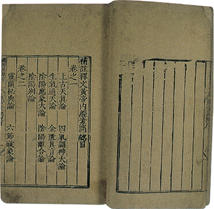
In the section Su Wen (Plain Questions) of the Yellow Emperor’s Medicine Classic, it is written that the three pathogenic factors of wind, cold and dampness can combine to cause ‘blockage’ or rheumatism. These pathogenic factors take advantage of point-of-time weakness and attack the body, resulting in qi stagnation, blood stasis and blockage of meridian.
(Plain Questions) of the Yellow Emperor’s Medicine Classic, it is written that the three pathogenic factors of wind, cold and dampness can combine to cause ‘blockage’ or rheumatism. These pathogenic factors take advantage of point-of-time weakness and attack the body, resulting in qi stagnation, blood stasis and blockage of meridian.
Alternatively, due to accumulation of heat in the body, the wind, cold and dampness are being transformed into heat by excessive yang, blocking the meridians and collaterals. In yet another instance, a prolonged illness can give rise to phlegm and blood stasis, obstructing meridians, and penetrating into the joints and muscles if the disease persists. At the onset, the internal cause is often due to the decline of genuine qi, whilst the pathogenic factors of wind, cold and dampness are attributed as the external cause.
In the chapter “wind diseases and the various conditions” (Feng Bing Zhu Hou i of General Treatise on the Etiology and Symptomology of Diseases (Zhu Bing Yuan Flou Zong Lun
i of General Treatise on the Etiology and Symptomology of Diseases (Zhu Bing Yuan Flou Zong Lun ), it is recorded that rheumatic patients are attacked by both wind and dampness. The condition makes one feel sluggish, befuddled, and if this persists, it will result in paralysis of the four limbs and the loss of voice; if wind and dampness penetrate the internal organs, or if the legs suffer blockages and become weakened, it then leads to flaccidity of the lower limbs.
), it is recorded that rheumatic patients are attacked by both wind and dampness. The condition makes one feel sluggish, befuddled, and if this persists, it will result in paralysis of the four limbs and the loss of voice; if wind and dampness penetrate the internal organs, or if the legs suffer blockages and become weakened, it then leads to flaccidity of the lower limbs.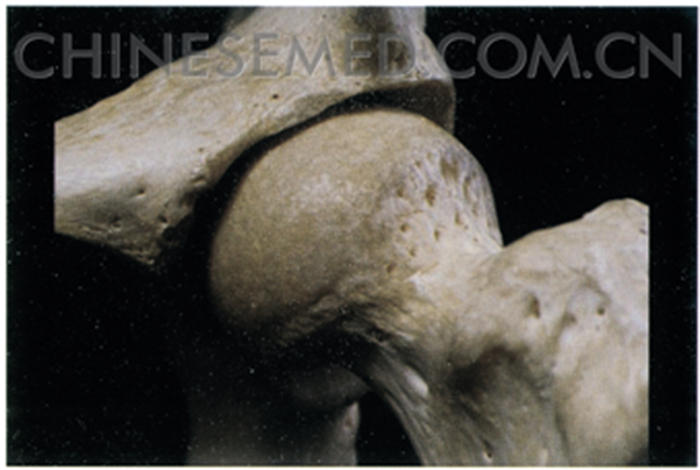
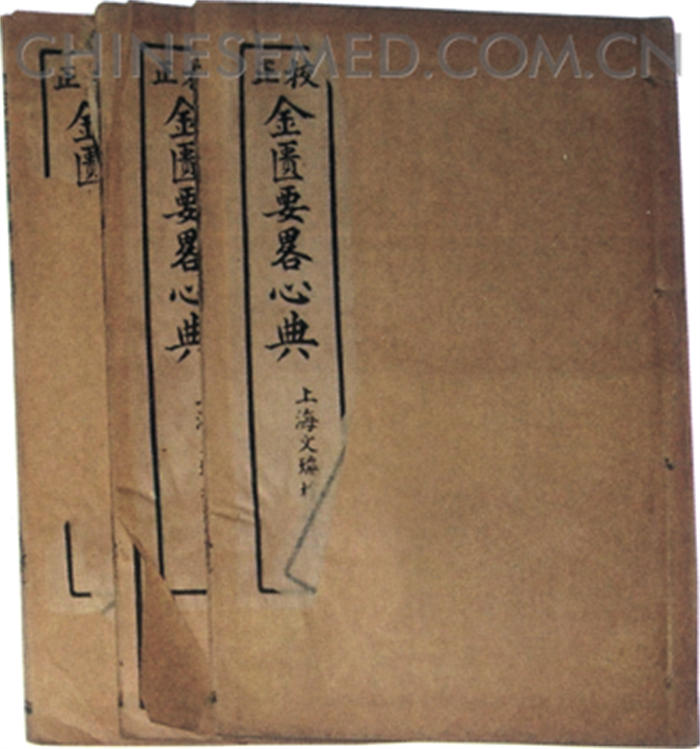
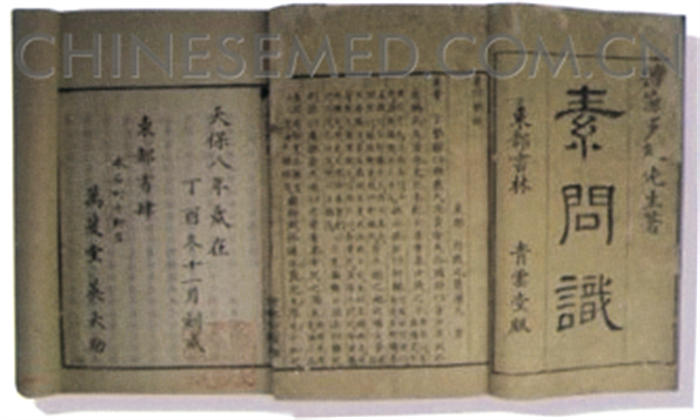
Medicinal Herbs for Rheumatism
The fundamental principle of treating rheumatism is expelling wind, removing dampness and dispersing cold to relieve pain. Hence herbs with the action of-expelling wind-dampness are selected, and these are prescribed with compatible herbs based on the syndrome differentiation.
Antirheumatic Herbs
Concept and pharmacology:
An antirheumatic herb is a type of medicinal material used to expel wind, cold, dampness (the combined pathogenic factors) and treat wind-dampness rheumatism.
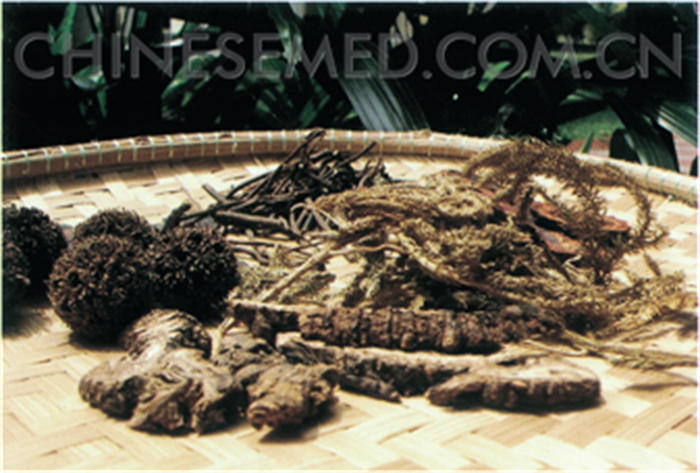
Antirheumatic herbs taste pungent and bitter, have a warm or cool nature, and are able to expel the pathogenic wind-dampness that stays in the muscles, meridians, collaterals and bones. They have the effects of dispelling cold, relaxing tendons, dredging collaterals, relieving pain, promoting blood circulation, nourishing the liver and kidney, as well as strengthening the muscles and bones. Modern pharmacological research has shown that various antirheumatic herbs possess varying levels of antiinflammatory and pain-relieving effects.
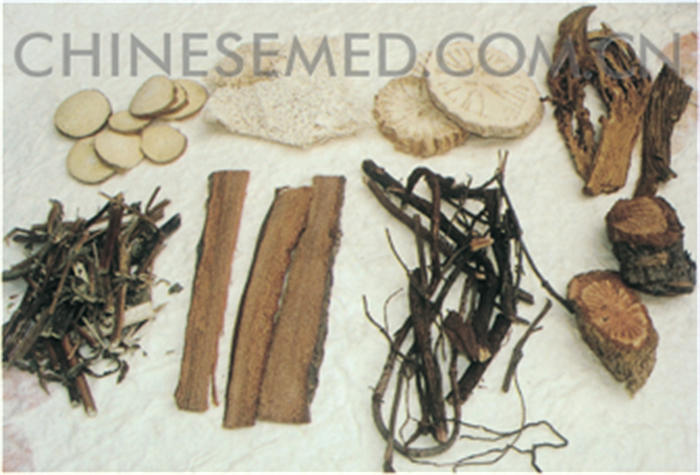
Application: Antirheumatic herbs are used to treat diseases like pain in the limbs, swelling and stiffness of joints, muscular spasms, etc.
Classification: Based on its properties and effects, an antirheumatic herb may be classified as one of the three types:
- Antirheumatic herbs for expelling cold
- Antirheumatic herbs for clearing heat
- Antirheumatic herbs for strengthening bones
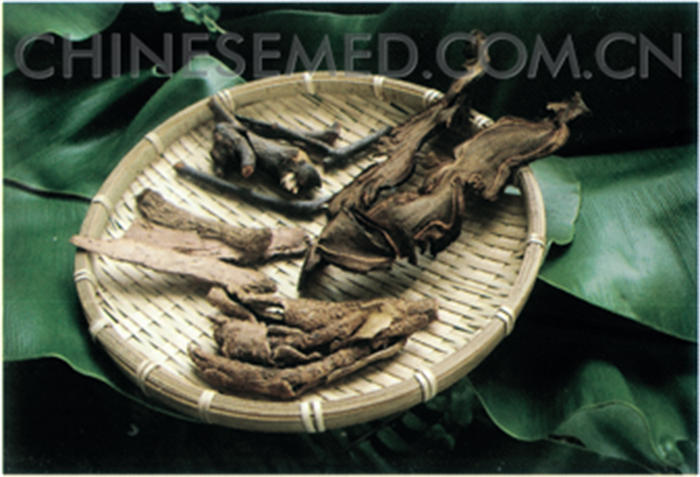
Prescription of herbs based on syndrome differentiation:
The prescription of antirheumatic herbs following a diagnosis of the illness should be made on the basis of various aspects of the ailment: characteristics, location, history, symptoms, and compatible herbs for its treatment.

- Antirheumatic herbs for expelling cold
These are recommended for treating excessive pathogenic wind in arthritis due to wind. They are applied based on the TCM principle of “treating the blood first before treating the wind symptom; the wind symptom naturally subsides when the blood is invigorated.”
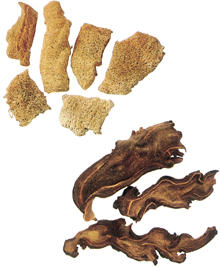
- Antirheumatic herbs for clearing heat
These are recommended for treating arthritis due to heat, in which exogenous pathogenic factors enter into the interior and transform into heat, or transform into heat over time.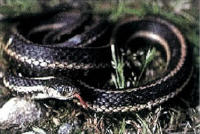
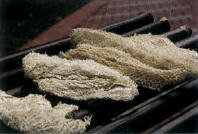
- Antirheumatic herbs for strengthening bones
These are recommended for treating persistent illness, weak constitution, deficiency of liver and kidney.